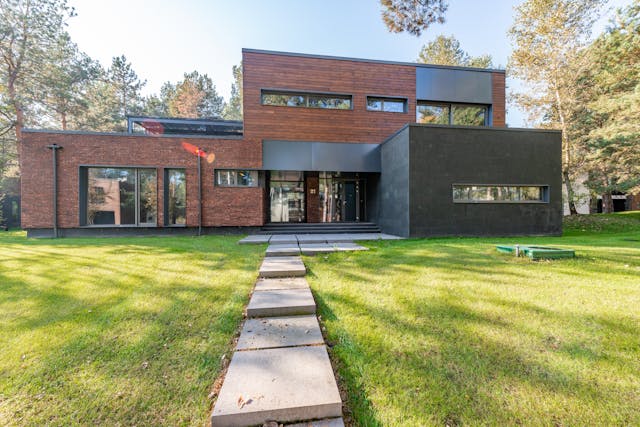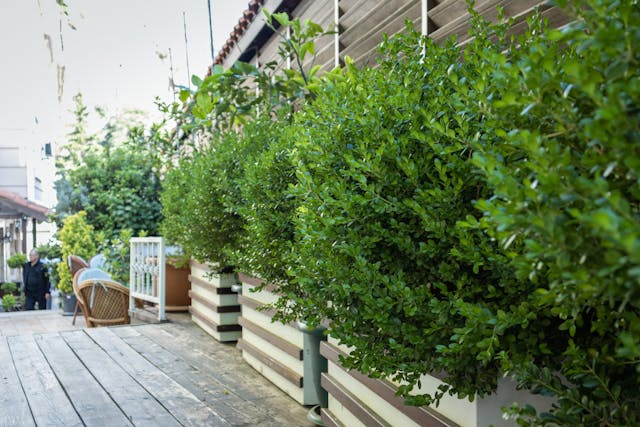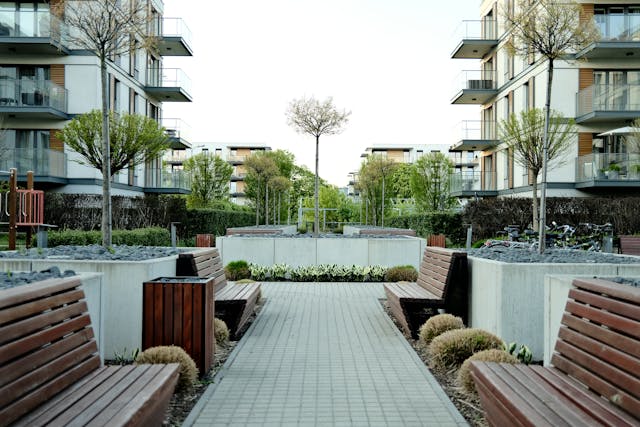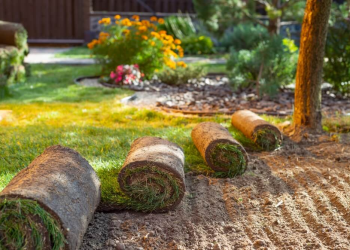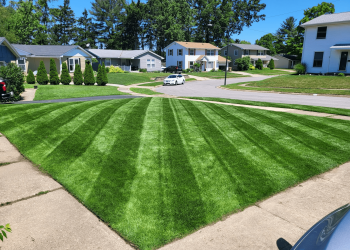Table of Contents
Introduction
Tired of dealing with muddy walkways or worn-out garden edges? Or maybe you’re dreaming of a peaceful patio corner that doesn’t require constant upkeep? Concrete might not be the first material that comes to mind for a garden makeover—but it should be. Blending durability with design flexibility, concrete can elevate your landscape into a more structured, low-maintenance, and elegant space. In this article, you’ll learn how to thoughtfully incorporate concrete into your garden design without sacrificing warmth or character.
Why Use Concrete in Garden Design?
At first glance, concrete seems cold and industrial. But modern techniques allow this material to take on organic textures, soft finishes, and artistic shapes. It’s no longer just a utilitarian slab—it’s a sculptural and functional design element.
Beyond aesthetics, concrete is:
- Weather-resistant and perfect for year-round exposure
- Low maintenance compared to wood, gravel, or natural stone
- Cost-effective for long-term value
- Versatile, adapting to minimal, rustic, or traditional gardens
If you’re looking to work with a professional, partnering with an experienced concrete contractor ensures your vision is executed with the right mix, finish, and installation
1. Concrete Garden Paths for Flow and Function
Garden paths set the tone for movement and ambiance. Whether curved or straight, concrete paths can create an inviting transition between zones while keeping feet dry and clean.
Stamped or stained concrete can mimic brick, slate, or even timber textures—offering the charm of natural materials without the maintenance headaches. For a modern aesthetic, consider geometric stepping stones with gravel joints.
Tip: Integrate lighting strips or embedded river stones into poured paths for added visual interest.
2. Concrete Edging to Define and Control
Concrete edging doesn’t just keep mulch and soil in place—it gives your beds, borders, and lawns a professional finish. This is especially helpful in sloped or uneven yards where erosion control matters.
Choose from:
- Extruded concrete curbing (installed in one continuous pour)
- Modular concrete blocks for raised garden beds
- Stamped edge borders that blend into surrounding hardscape
Unlike metal or plastic edging, concrete won’t shift, crack under UV, or rot—making it a long-term landscaping solution.
3. Elevated Concrete Planters for Structure and Contrast
Want to create focal points or tiered arrangements? Raised concrete planters give height variation and design interest to flat garden spaces. They’re ideal for:
- Herb gardens near outdoor kitchens
- Modern succulent arrangements
- Pollinator gardens with seasonal rotation
Bonus: Their insulation helps regulate soil temperature, especially in colder climates.
To soften the look, combine with wood slats, climbing vines, or powder-coated metal trims.
4. Concrete Seating and Garden Furniture
Permanent benches, cube stools, or curved seat walls built from concrete can blend into your garden while reducing clutter. Compared to wood furniture, they last longer and require no storage during winter.
For added comfort, top them with weatherproof cushions or pair with firepits for a cozy backyard gathering spot.
A skilled concrete contractor can help create custom seating designs that double as retaining walls or storage solutions.
5. Water Features That Anchor the Space
Water adds life and movement to a garden, and concrete is a solid foundation for fountains, birdbaths, or reflecting pools. Its strength allows for sleek, monolithic shapes or rustic textures depending on your design language.
Consider:
- Freestanding concrete fountains for small courtyards
- Water walls integrated into boundary fences
- In-ground concrete basins lined with tile or stone veneer
Water features can serve as both a visual focal point and an auditory escape, especially in urban gardens.
6. Concrete Patios That Bridge Indoor-Outdoor Living
A concrete patio can serve as the backbone of your entire landscape design. It supports garden furniture, grills, potted plants, and foot traffic—while anchoring the outdoor experience.
Instead of traditional broom finishes, explore:
- Salt finishes for subtle texture
- Polished or stained concrete for high-end aesthetics
- Exposed aggregate for visual interest and traction
Design your patio layout around your lifestyle. Want an outdoor dining area? A reading nook under a pergola? Concrete provides the surface and stability for it all.
7. Sculptural and Decorative Concrete Accents
Concrete’s plasticity allows for artful touches that personalize your garden. These small features often create the biggest emotional resonance.
Examples include:
- Custom stepping stones engraved with meaningful patterns
- Decorative concrete spheres or monoliths
- Concrete birdbaths, lanterns, or sculptural fountains
These elements add visual rhythm and narrative layers, tying together plants, space, and user experience.
8. Sustainable Perks of Concrete in Gardens
Concrete is often overlooked in sustainability discussions, but it offers key benefits when designed responsibly:
- Reduces the need for wood or plastic materials
- Supports water conservation when used with permeable finishes
- Lowers energy usage due to heat retention in cooler climates
Working with a local concrete contractor ensures eco-conscious mix choices, efficient transport, and optimized curing processes that reduce environmental impact.
Choosing the Right Concrete Contractor
Execution matters as much as design. To bring these ideas to life, collaborate with a trusted concrete contractor who:
- Understands garden aesthetics and load-bearing requirements
- Can match finishes to your existing outdoor materials
- Offers long-term sealing and maintenance advice
Ask for a portfolio of previous outdoor projects, and don’t hesitate to inquire about drainage, grading, and expansion joints—essential factors in durable concrete work.
Conclusion
Concrete isn’t just for driveways or basements anymore. With the right design approach and an expert concrete contractor, it can transform your garden into a harmonious blend of form, function, and longevity. Whether you’re dreaming of elegant pathways, custom seating, or eye-catching planters, concrete offers a stable canvas for your outdoor imagination.

